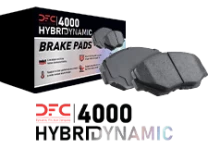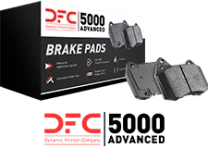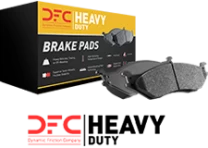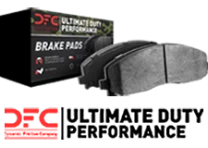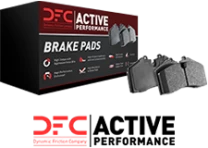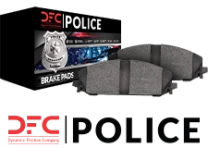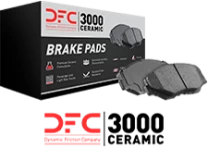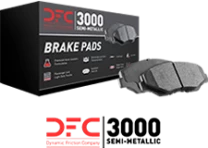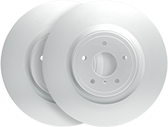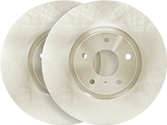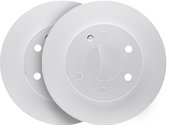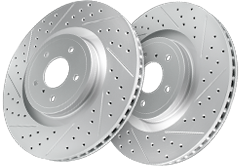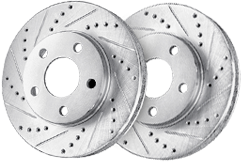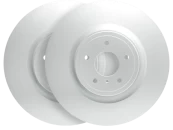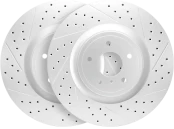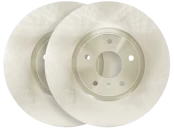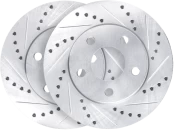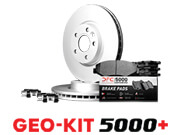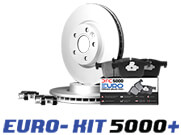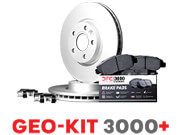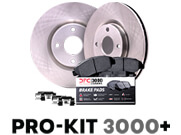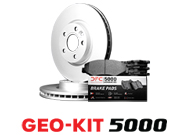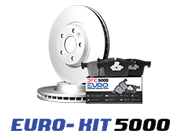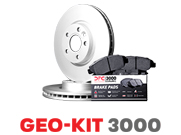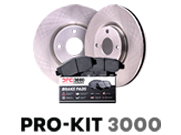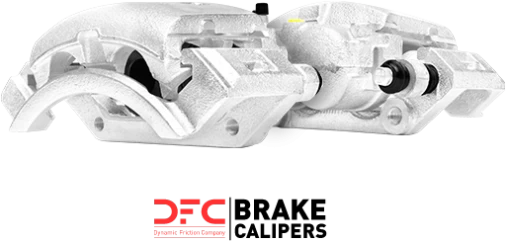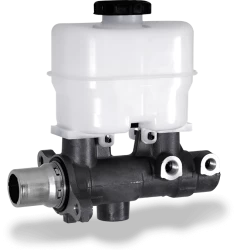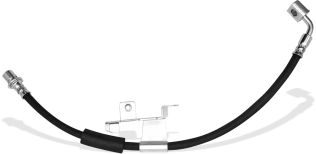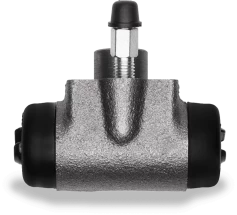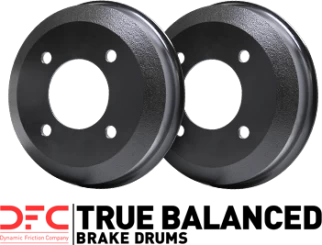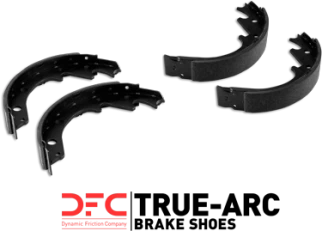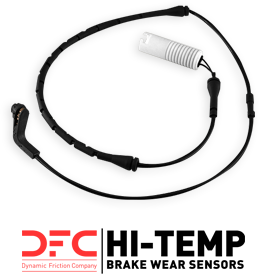Maintaining your wheels is key to vehicle safety and performance. Are you checking your tire pressure regularly and keeping an eye on tread depth? Our comprehensive guide on wheel maintenance outlines practical steps to ensure lasting function and safety on the road. Keep reading to learn about tire pressure, tread depth, rotation, and more to prevent common issues before they arise.
Key Takeaways
- Maintaining correct tire pressure is crucial for vehicle safety, fuel efficiency, and preventing uneven wear, with regular monthly checks recommended and additional checks during cold seasons or before long trips.
- Tires must have a minimum tread depth of 2/32 of an inch for safety, particularly in wet conditions, with simple techniques like the penny and quarter tests used to measure tread depth at home.
- Uneven tire wear can indicate underlying issues such as wheel misalignment or suspension problems, and should be addressed through regular maintenance checks to prevent further complications and ensure vehicle performance.
The Vital Role of Tire Pressure in Wheel Maintenance
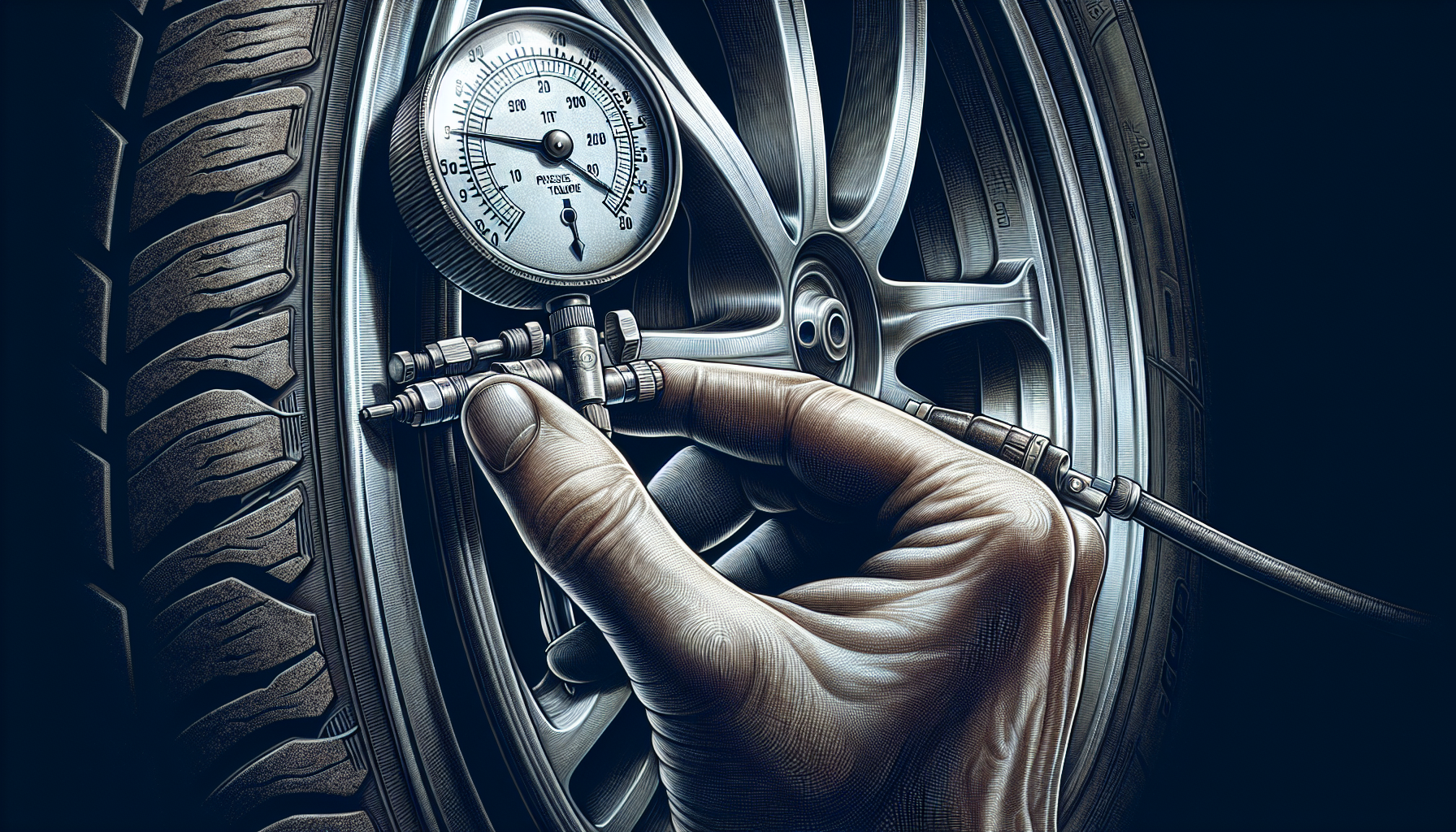
Maintaining the proper tire pressure is a key element of wheel maintenance. It is essential for ensuring vehicle safety, optimizing fuel consumption, and avoiding uneven tread wear on your tires. Uneven wear can occur when the tire is either not sufficiently inflated or excessively pumped up. This negatively impacts how the vehicle brakes and handles.
As such, it’s crucial to be adept at checking your tire pressure and to know the recommended PSI levels for your particular vehicle. This knowledge represents an initial step towards top-notch tire maintenance.
Checking Tire Pressure: How Often and Why?
The minimum recommended frequency for checking your tire pressure is once every month as this helps you compensate for any natural shifts in pressure. During colder months, you might have to inspect the pressure more often since lower temperatures can cause a decrease in tire pressure.
Before setting off on extended journeys, it’s wise also to examine your tire pressures because variations in temperature during travel could affect them. By keeping an eye on the state of your tire’s inflation levels consistently, not only will undue wear be prevented, but you’ll also maintain peak performance of your vehicle.
Understanding PSI Levels
“PSI” denotes pounds per square inch, which is the standard unit for gauging tire pressure. To achieve ideal driving conditions and vehicle performance, adhering to your vehicle’s specific recommended PSI is vital. This suggested tire pressure usually falls between 28 and 36 PSI across most vehicles, depending on various factors.
Thus, in order to properly inflate your tires with the correct amount of pressure, it’s important that you refer either to the owner’s manual or check out information provided on a label located at the driver’s side doorjamb for exact PSI values related to your particular vehicle.
Tread Carefully: Ensuring Legal Tire Tread Depth

It’s essential to monitor your tire tread depth and manage brake dust for proper wheel maintenance. The legal limit for tire tread depth in the majority of states within the U.S. is 2/32 inch. Preserving at least this minimum amount of tread is crucial for maintaining traction and handling capabilities on your vehicle, which becomes particularly important under wet conditions where reduced tread can lead to increased stopping distances.
Wondering how you can check the depth of your tire treads yourself? Fortunately, there are several straightforward methods that you’ll learn about in subsequent sections we’ll be exploring below.
Measuring Tread Depth: Techniques and Tools
There are a couple of easy techniques that you can use at home to check the depth of your tire tread. A popular approach includes using coins such as pennies and quarters.
The penny test, for example, requires inserting a penny into one of the grooves on your tire with the top of Lincoln’s head pointing downwards. If you can see all of his head above the tread, it indicates low tread depth and potentially necessitates getting new tires.
Likewise, by placing a quarter in one of your tire’s grooves with Washington’s head facing downward. Should Washington’s hairline be exposed above the tread, this suggests that it might be time to consider replacing your tires. Performing these basic tests will help ensure that your tires meet legal safety standards and maintain roadworthiness.
Recognizing the Signs of Unsafe Tread Wear
Worn tire treads heighten the danger of hydroplaning, decrease braking effectiveness, and make punctures more probable. Tires with insufficient tread depth compromise traction and prolong stopping distances.
To this, when driving in wet conditions with inadequate tire tread depth, there’s a substantially increased chance of hydroplaning. Regular inspections for indications of dangerous wear on your tires are Essential to safeguard both the performance and safety of your vehicle.
Diagnosing and Addressing Uneven Tire Wear
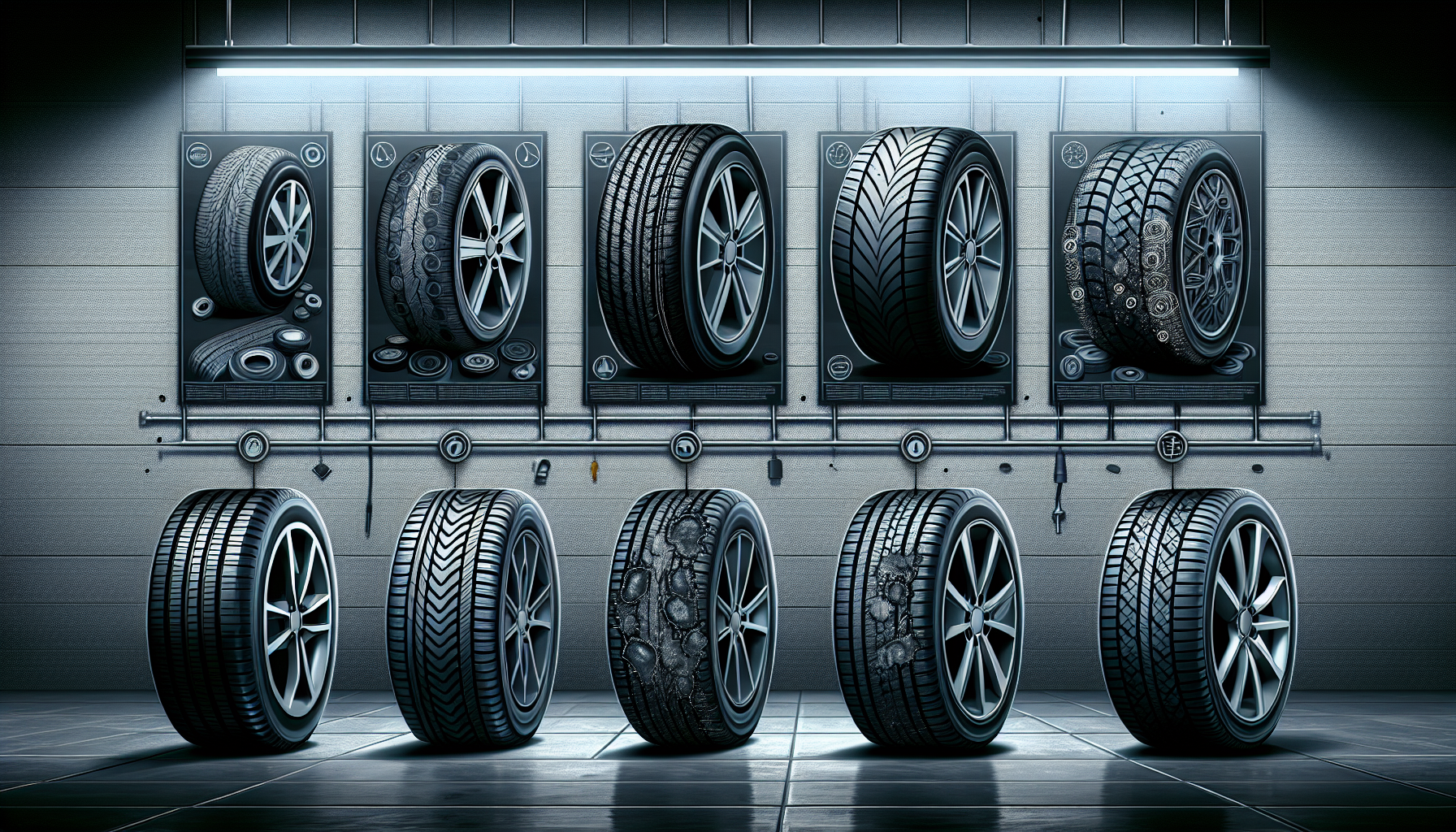
If you see uneven wear on your tires, this could mean there are bigger problems. Patterns like feathering, cupping, or more wear on one side can show issues with how your wheels are aligned or problems with the parts that connect the wheels to the car.
Uneven wear can happen if your wheels are not straight, your tires don’t have enough air, parts of the car that hold the wheels are worn out, or the tires are not balanced. Driving over potholes and rough roads or making sharp turns can make it worse.
To stop these problems and make your tires last longer, do these things: keep your tires filled to the right amount, make sure your wheels are straight, and get your car checked regularly. This includes making sure your tires are balanced. It’s important to notice when your tires are wearing out unevenly and to take care of the problem right away.
Spotting Uneven Wear: What to Look For
When examining your tires, keep an eye out for indicators of uneven tread wear. This condition could indicate a malfunction in the wheel bearings and might lead to hazardous handling difficulties. Vibrations stemming from radial run-out, or a tire and wheel assembly that isn’t perfectly circular, can have more impact on vehicle control compared to vibrations caused by lateral run-out.
During a visual examination of your tires look for:
- cracks
- bulges
- foreign objects lodged in them
- any patterns indicating irregular wear
Detecting these issues early can assist you in dealing with potential problems before they worsen, potentially preventing severe complications such as those which may require cleaning using mild soap.
Causes of Uneven Tire Wear
Many things can cause tires to wear out unevenly. If your car’s wheels are not straight, your tires will wear out too fast. This can be dangerous and may cause tires to fail. The amount of air in your tires also affects how they wear. Too much air means the middle part of the tire wears out quickly. Not enough air makes the edges of the tire wear out fast.
Issues with suspension components like:
- degraded struts
- weakened springs
- cracked bushings
- compromised control arms
These conditions can cause tire surfaces to wear down in an uneven pattern, which affects the way your car drives. Brake dust can also make tires wear out in an uneven way. If you drive quickly and then stop suddenly often, your tires might get flat spots or rough surfaces. Knowing these things helps you take care of your tires and keep your car driving well.
The Benefits of Regular Tire Rotation
It’s important to rotate your tires often. This means moving them from one position on your car to another. Doing this helps the tires wear down evenly, which makes them last longer and saves you money. It also helps your car drive more steadily and safely.
Next, we’ll talk about when to rotate your tires and how it helps your car drive better.
Tire Rotation: Simple Guide
You should move your tires to different positions on your car every 3,000 to 5,000 miles. This helps your tires wear down the same and last longer. If your car maker says to do it less often, like every 6,000 to 8,000 miles, then follow that advice.
When you change the tires around, you can move the front tires straight back and the back tires to the front but switch sides. This is called an “X-pattern” and is a common way to rotate tires.
Rotating your tires makes them wear evenly. This is good for your car and can make your tires last longer.
Why Rotate Your Tires?
Rotating your tires helps your car drive better. It keeps the wear even, which is good for the tires and the car. If you don’t rotate them, some tires might wear out faster than others. This can make your car harder to drive and less safe.
It’s important to take care of your tires. If you don’t, they might not last as long and your car won’t drive as well. So, remember to rotate your tires regularly!
Aligning for Optimal Control: The Importance of Wheel Alignment

Maintaining correct wheel alignment is very important for your car. It makes sure your car drives well and is safe. This process is about adjusting the suspension, which is the system that connects the car to its wheels. It makes sure the tires are straight and can touch the road in the right way. Here are some signs that your wheels might not be aligned properly:
- Uneven or fast tire wear
- The car pulls to one side when you’re driving
- The steering wheel vibrates
- One side of the tires is wearing out faster than the other
If you don’t check your wheel alignment, you could have to spend more money later. This could be for new tires or fixing the suspension, which can cost more than regular checks.
In this section, we will talk about what proper wheel alignment is and how to tell if your wheels are not aligned.
Understanding Wheel Alignment
Wheel alignment is important for good driving. It adjusts the angles of the wheels so your car drives straight. The camber is the tilt of the tire. If it’s wrong, your car can be unstable. The toe is whether the tires point inwards or outwards when you look from above. It needs to be right so your tires wear evenly. The caster is the angle of the steering wheel’s pivot. It helps your car go straight and makes steering easier. Knowing about these angles helps keep your car running well and safely.
Symptoms of Misalignment
Knowing the signs of bad wheel alignment can stop your tires from wearing out too quickly and keep your car driving right. Look for these signs:
- Tires that wear out in strange ways
- Your car moves to one side on its own
- The steering wheel doesn’t stay straight when you’re driving forward
- The steering wheel shakes
If you see any of these signs, you should get a professional to check your wheels and fix them if needed.
Wheel Balancing Basics
It’s important to keep your wheels balanced. This helps your car drive smoothly and keeps the tires from wearing out too fast. Let’s talk about how to balance your wheels and why it’s good for your car.
What is Wheel Balancing?
Balancing your wheels means making sure that the weight is spread out evenly around each wheel. When wheels are not balanced, your car can shake, and your tires can wear out in some places more than others. There are two types of balancing: static and dynamic. Static balancing fixes shaking up and down, while dynamic balancing stops shaking side to side. Special machines help to find where the wheel is off balance and fix it by adding small weights.
Knowing about these two types of balancing helps you keep your wheels working right.
How to Tell if Your Wheels Need Balancing
If your car’s steering wheel shakes when you drive at certain speeds, your wheels might not be balanced. This shaking can also make your tires wear out unevenly. It’s good to balance your wheels regularly to keep your car running smoothly.
If you feel shaking, it’s time to get your wheels checked and balanced if needed.
What to Do with a Flat Tire
Having a flat tire is a problem, but knowing when to fix it or when to get a new one makes things easier. You need to check how bad the damage is and where it is to decide if you can repair the tire or if you need to buy a new one.
Check the Damage
It’s important to look at your tires often and carefully to see if they are damaged. Sometimes you can fix a tire with special tools and materials, but other times you have to replace it. If the tire is very worn out or has cuts on the side, you must get a new one.
Fixing a Tire Yourself or Getting Help
If you know how to fix a flat tire, you can save money by doing it yourself. But you need the right skills and tools. If you’re not sure, it’s better to get help from a professional. They have the right tools and know-how to fix the tire so it’s safe to use again.
Smart Shopping: Key Considerations for Tire Purchases
Investing in new tires, whether it’s due to wear or the desire for an upgrade, is a significant financial commitment. The decision extends beyond the simplistic choice between the cheapest or the priciest options. It’s about selecting tires that are compatible with your vehicle and suitable for the driving conditions you regularly encounter. Factors such as performance, durability, and budget are all critical in making a well-informed tire purchase.
As you embark on the journey of buying new tires, what should you weigh in your decision-making process? Let’s explore these essential considerations further.
Selecting Tires Based on Your Driving Conditions
Choosing the right tires for your vehicle means considering the specific demands of your driving environment. Factors like the climate in your region, the typical conditions of the roads you travel on, and your driving habits should guide your decision. For those facing a mix of weather conditions throughout the year, all-season tires are a sensible choice. In contrast, for locales with heavy snowfall, winter tires are a necessity.
Moreover, your personal driving style should influence your tire selection. If you prioritize high-performance and agility, then tires designed for enhanced handling are the way to go. Conversely, if you seek comfort along with proficient handling, grand touring tires might offer the perfect compromise. Making the right tire choice ensures that your driving needs are met with precision.
Interpreting Tire Labels
Tire labels are packed with information that can help you choose the right new tires. They provide:
- The size and load capacity of the tire, which are crucial for compatibility with your vehicle
- The type of tire, including all-season, performance, or winter options
- Intended use, such as for passenger vehicles or off-road applications
All this information is clearly outlined on each tire’s label.
Additionally, tire labels include speed ratings and tread-wear indicators, which give insights into a tire’s performance and expected lifespan. Understanding these labels is key to ensuring that your new tires are well-suited to both your vehicle and your driving conditions.
Spare Tire Basics: Keep Your Backup Ready
Having a spare tire is important for those surprise times when you get a flat tire. But just having it isn’t enough. You need to make sure your spare tire is ready to use in an emergency. This means you should check the air in your spare tire often, look at it for any damage, and keep it in a good place so it stays in good shape. By doing this, you can relax knowing that if you get a flat tire, your extra tire is ready to help you out.
How to Check Your Spare Tire
It’s a good idea to look at your spare tire from time to time, just like you would with the tires you use every day. Start by making sure it has the right amount of air, which you can find out by looking at the recommended PSI level. Then, check for any damage like cracks, cuts, or bulges that could make the tire weak.
Look carefully for any serious damage or old wear that might mean you need to fix or replace the tire to make sure it works right. Also, take out any dirt or small stones stuck in the tire grooves to keep it working well. By regularly checking your spare tire, you can trust that it will be ready and work right when you need it.
How to Take Care of Your Spare Tire
To take good care of your spare tire, you need to do more than just check it sometimes. You should keep your spare tire in a place that’s dry, cool, and away from sunlight to stop it from getting old too fast. If you keep your spare tire outside, cover it with something that lets air through but keeps water out, to stop moisture from getting in.
If you follow these tips for taking care of your spare tire, you can count on it being ready to use when you need it.
The Perils of Ignoring Wheel Maintenance
Overlooking the maintenance of your vehicle’s wheels not only affects how well it drives, but can also pose significant safety hazards and result in substantial repair expenses. Ensuring that your wheels are kept in top condition is essential for safe and smooth driving, as well as minimizing fuel usage, protecting the suspension system from damage, and reducing the frequency of tire replacements.
Now consider what risks you face when wheel maintenance falls by the wayside. We’ll explore what happens regarding safety dangers, performance drawbacks, and financial implications when you ignore taking care of your vehicle’s wheels.
Safety Risks and Performance Issues
Neglecting routine inspections of tires can pose substantial safety hazards. This is particularly true when tires hit the critical threshold of 50,000 miles or have been in use for five years, whichever occurs sooner. Should tires exceed their designated service lifespan without adequate upkeep, your vehicle’s performance may be severely impaired—its handling could become challenging and its response time in urgent situations might be reduced.
Continued operation of a vehicle on worn-out tires beyond their recommended service duration can result in several issues such as:
- Expedited deterioration of various vehicular components due to heightened stress and uneven driving dynamics
- Diminished traction and maneuverability which are crucial under slippery conditions
- A higher chance for tire failures including blowouts or tread detachment
- Lessened fuel economy
In essence, disregarding essential maintenance of wheels critically undermines not only passenger and driver safety, but also the structural soundness of the automobile.
The Cost of Neglect
Neglecting the maintenance of your wheels is not solely a matter of safety, but also an economic concern. Consistent upkeep of your vehicle’s wheels can stave off expensive repairs and forestall the necessity for expensive replacements due to wear that comes from overlooking their care. When wheel maintenance is not considered, it may contribute to an uncomfortable ride and elevate the risk of accidents through suboptimal vehicle performance.
By regularly maintaining and keeping your wheels clean, you are likely to maintain or even enhance your vehicle’s resale value by avoiding damage that could otherwise reduce its market price. As such, dedicating a bit of effort and resources into routine wheel upkeep can prove financially beneficial in preventing significant outlays down the line.
Summary
We have addressed all the fundamental aspects of wheel maintenance, from keeping correct tire pressure and confirming that tread depth is within legal limits to routinely rotating tires and aligning wheels. Overlooking the care of your wheels isn’t merely about affecting how well your vehicle operates. It can also create dangerous driving situations and result in considerable repair expenses down the line. Consistently inspecting your tires, performing rotations, ensuring wheel alignment, and balancing will facilitate a more secure and even ride while helping you avoid unnecessary costs over time. Never underestimate the importance of wheel attention—properly serviced wheels are crucial for taking you to your destinations with safety and efficiency at their forefront.

 UNITED STATES
UNITED STATES
